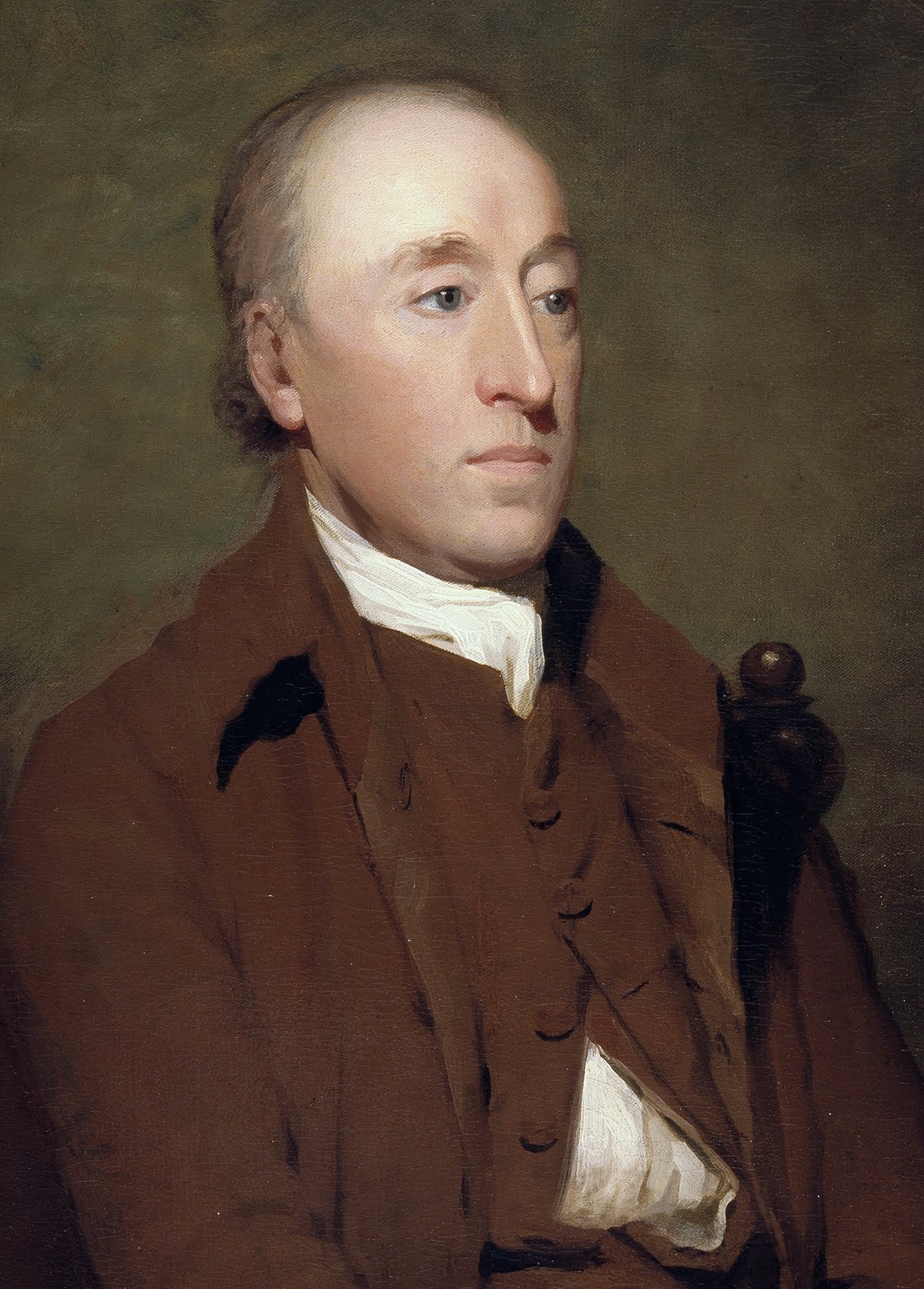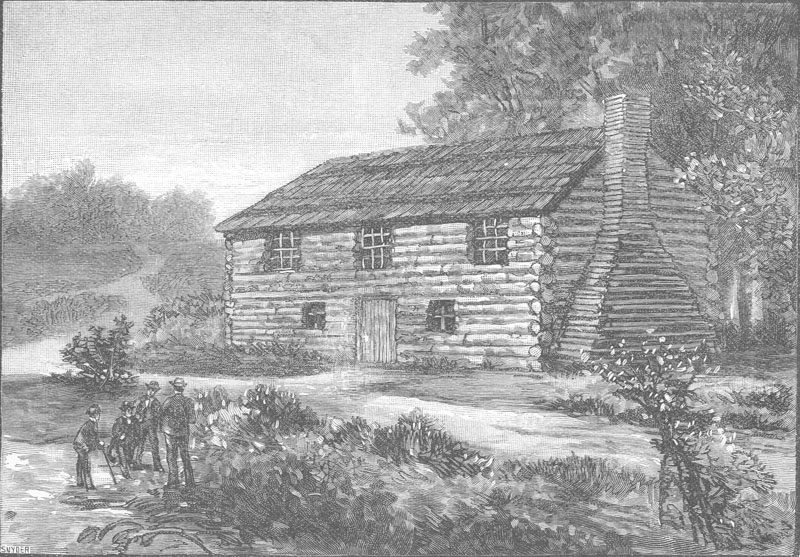|
Catskill Mountain House
The Catskill Mountain House, which opened in 1824, was a famous hotel near Palenville, New York, and in the Catskill Mountains overlooking the Hudson River Valley. In its prime, from the 1850s to the turn of the century, it was visited by three U.S. presidents (U.S. Grant, Chester A. Arthur, and Theodore Roosevelt) and the power elite of the day. History Construction The Mountain House's site, the "Pine Orchard," had long been famous for its panoramic views up and down the Hudson Valley and even beyond to the east. John Bartram and James Fenimore Cooper had both written about it, in different contexts. Artists and writers had discovered the Catskills some time earlier. Shortly after it was constructed, the Mountain House and its surroundings became a favorite subject for Washington Irving and artists of the new Hudson River School, most notably Thomas Cole. Cooper advised his European audience, "If you want to see the sights of America, go to see Niagara Falls, Lake George (l ... [...More Info...] [...Related Items...] OR: [Wikipedia] [Google] [Baidu] |
Catskill (village), New York
Catskill is a village and county seat of Greene County, New York, United States. The population was 4,081 at the 2010 census, down from 4,392 in 2000. The village is in the northeastern part of the town of Catskill. History Most of the village land was purchased from the natives in 1684. At the end of the American Revolution there were only ten houses in the community. The village was incorporated in 1806. Catskill is one of only twelve villages in New York still incorporated under a charter, the other villages having been incorporated or reincorporated under the provisions of state village law. Martin van Buren was married in the village. John Adams, congressman from New York, died here. Geography Catskill is located in eastern Greene County at 42°13′N 73°52′W (42.2187, -73.8668), in the northeastern part of the town of Catskill. The village is on the west side of the Hudson River, where Catskill Creek joins it. New York State Route 385 passes through the center of ... [...More Info...] [...Related Items...] OR: [Wikipedia] [Google] [Baidu] |
Arnold Henry Guyot
Arnold Henry Guyot ( ) (September 28, 1807February 8, 1884) was a Swiss-American geologist and geographer. Early life Guyot was born on September 28, 1807, at Boudevilliers, near Neuchâtel, Switzerland. He was educated at Chaux-de-Fonds, then at the college of Neuchâtel. In 1825, he went to Germany and resided in Karlsruhe where he met Louis Agassiz, the beginning of a lifelong friendship. From Karlsruhe he moved to Stuttgart, where he studied at the gymnasium. He returned to Neuchâtel in 1827. He determined to enter the ministry and started at the University of Berlin to attend lectures. While pursuing his studies, he also attended lectures on philosophy and natural science. His leisure time was spent in collecting shells and plants, and he received an entrée to the Berlin Botanical Garden from Humboldt. In 1835, he received the degree of PhD from Berlin. Scientific career In 1838, at Agassiz's suggestion, he visited the Swiss glaciers and communicated the results of ... [...More Info...] [...Related Items...] OR: [Wikipedia] [Google] [Baidu] |
Geologist
A geologist is a scientist who studies the solid, liquid, and gaseous matter that constitutes Earth and other terrestrial planets, as well as the processes that shape them. Geologists usually study geology, earth science, or geophysics, although backgrounds in physics, chemistry, biology, and other sciences are also useful. Field research (field work) is an important component of geology, although many subdisciplines incorporate laboratory and digitalized work. Geologists can be classified in a larger group of scientists, called geoscientists. Geologists work in the energy and mining sectors searching for natural resources such as petroleum, natural gas, precious and base metals. They are also in the forefront of preventing and mitigating damage from natural hazards and disasters such as earthquakes, volcanoes, tsunamis and landslides. Their studies are used to warn the general public of the occurrence of these events. Geologists are also important contributors to ... [...More Info...] [...Related Items...] OR: [Wikipedia] [Google] [Baidu] |
Princeton University
Princeton University is a private research university in Princeton, New Jersey. Founded in 1746 in Elizabeth as the College of New Jersey, Princeton is the fourth-oldest institution of higher education in the United States and one of the nine colonial colleges chartered before the American Revolution. It is one of the highest-ranked universities in the world. The institution moved to Newark in 1747, and then to the current site nine years later. It officially became a university in 1896 and was subsequently renamed Princeton University. It is a member of the Ivy League. The university is governed by the Trustees of Princeton University and has an endowment of $37.7 billion, the largest endowment per student in the United States. Princeton provides undergraduate and graduate instruction in the humanities, social sciences, natural sciences, and engineering to approximately 8,500 students on its main campus. It offers postgraduate degrees through the Princeton Schoo ... [...More Info...] [...Related Items...] OR: [Wikipedia] [Google] [Baidu] |
World War I
World War I (28 July 1914 11 November 1918), often abbreviated as WWI, was List of wars and anthropogenic disasters by death toll, one of the deadliest global conflicts in history. Belligerents included much of Europe, the Russian Empire, the United States, and the Ottoman Empire, with fighting occurring throughout Europe, the Middle East, Africa, the Pacific Ocean, Pacific, and parts of Asia. An estimated 9 million soldiers were killed in combat, plus another 23 million wounded, while 5 million civilians died as a result of military action, hunger, and disease. Millions more died in Genocides in history (World War I through World War II), genocides within the Ottoman Empire and in the Spanish flu, 1918 influenza pandemic, which was exacerbated by the movement of combatants during the war. Prior to 1914, the European great powers were divided between the Triple Entente (comprising French Third Republic, France, Russia, and British Empire, Britain) and the Triple A ... [...More Info...] [...Related Items...] OR: [Wikipedia] [Google] [Baidu] |
Otis Elevating Railway
The Otis Elevating Railway was a narrow gauge cable funicular railroad leading to the Catskill Mountain House in Palenville, New York. For the first 64 years of its existence, the Catskill Mountain House was accessible only by a long stagecoach from Catskill Landing on the Hudson. Faced with increased competition from the Hotel Kaaterskill (served by the Kaaterskill Railroad), Charles Beach hired the Otis Elevator Company to build a cable funicular railroad straight up the Great Wall of Manitou. Opening on August 7, 1892, the line measured long with a rise of , a maximum grade of 34%, and an average grade of 12%. In 1904, the line was shortened and the lower trestle eliminated. A cable pulled the specially-designed passenger cars up the mountain, hooking a mechanism from the car onto the cable. To balance the system there were two cars which could each seat 75 passengers. The cars were built by Jackson & Sharp Co. in 1892. The cars were named ''Rickerson'' and ''Va ... [...More Info...] [...Related Items...] OR: [Wikipedia] [Google] [Baidu] |
Kaaterskill Hotel
{{disambiguation, geo ...
Kaaterskill may refer to: *Kaaterskill Clove, a deep gorge, or valley, in New York's eastern Catskill Mountains *Kaaterskill Creek, a tributary of Catskill Creek *Kaaterskill Falls (other) * Kaaterskill High Peak, one of the Catskill Mountains * Kaaterskill Junction Railroad Station * Kaaterskill Railroad * Kaaterskill Railroad Station * Kaaterskill (ship, 1882), paddle steamer A paddle steamer is a steamship or steamboat powered by a steam engine that drives paddle wheels to propel the craft through the water. In antiquity, paddle wheelers followed the development of poles, oars and sails, where the first uses wer ... [...More Info...] [...Related Items...] OR: [Wikipedia] [Google] [Baidu] |
George Harding (businessman)
George Harding may refer to: *George Harding (British Army officer) (1788–1860), British general *George Harding (cricketer) (born 1996), English cricketer * George C. Harding, American architect of Pittsfield, Massachusetts *George Edward Harding (1843–1907), American architect in New York City *George Frederick Harding (1858–1927), British rugby player *George M. Harding (1827–1910), American architect of Portland, Maine *George Matthews Harding (1882–1959), war artist, trained as an architect * George Perfect Harding (died 1853), English portrait-painter and copyist *George Rogers Harding (1838–1895), Queensland judge and the founder of St John's Wood, Brisbane *George Tryon Harding (1843–1928), American physician, father of Warren G. Harding See also * Georg Harding (born 1981), Austrian footballer * George Hardinge (1743–1816), English judge * George Nicholas Hardinge Captain George Nicholas Hardinge (11 April 1781 – 8 March 1808) was an officer of the Roya ... [...More Info...] [...Related Items...] OR: [Wikipedia] [Google] [Baidu] |
Philadelphia
Philadelphia, often called Philly, is the largest city in the Commonwealth of Pennsylvania, the sixth-largest city in the U.S., the second-largest city in both the Northeast megalopolis and Mid-Atlantic regions after New York City. Since 1854, the city has been coextensive with Philadelphia County, the most populous county in Pennsylvania and the urban core of the Delaware Valley, the nation's seventh-largest and one of world's largest metropolitan regions, with 6.245 million residents . The city's population at the 2020 census was 1,603,797, and over 56 million people live within of Philadelphia. Philadelphia was founded in 1682 by William Penn, an English Quaker. The city served as capital of the Pennsylvania Colony during the British colonial era and went on to play a historic and vital role as the central meeting place for the nation's founding fathers whose plans and actions in Philadelphia ultimately inspired the American Revolution and the nation's inde ... [...More Info...] [...Related Items...] OR: [Wikipedia] [Google] [Baidu] |



.jpg)